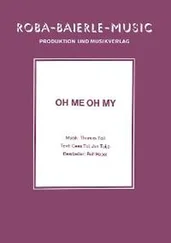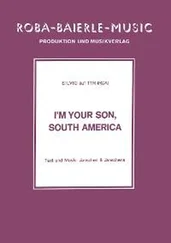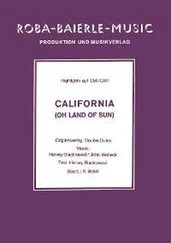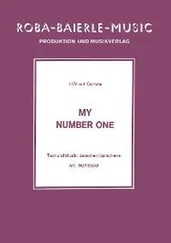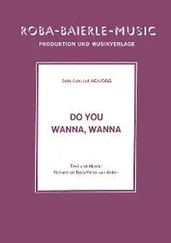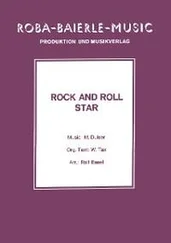allow them to test the product, invite them to a good meal or a relaxing few days
on a yacht. That is exactly what the de Pontacs and their neighbours skilfully
did – they analysed the natural conditions and made the best of them. Because
they had gravel mounds rather than the fertile sediment along the banks of the
Garonne, they simply gathered up the latter from every mud deposit they could
find in order to improve their gravel soils (anyone who believes that vines will
grow in stone alone will end up bitterly disappointed) and then planted their
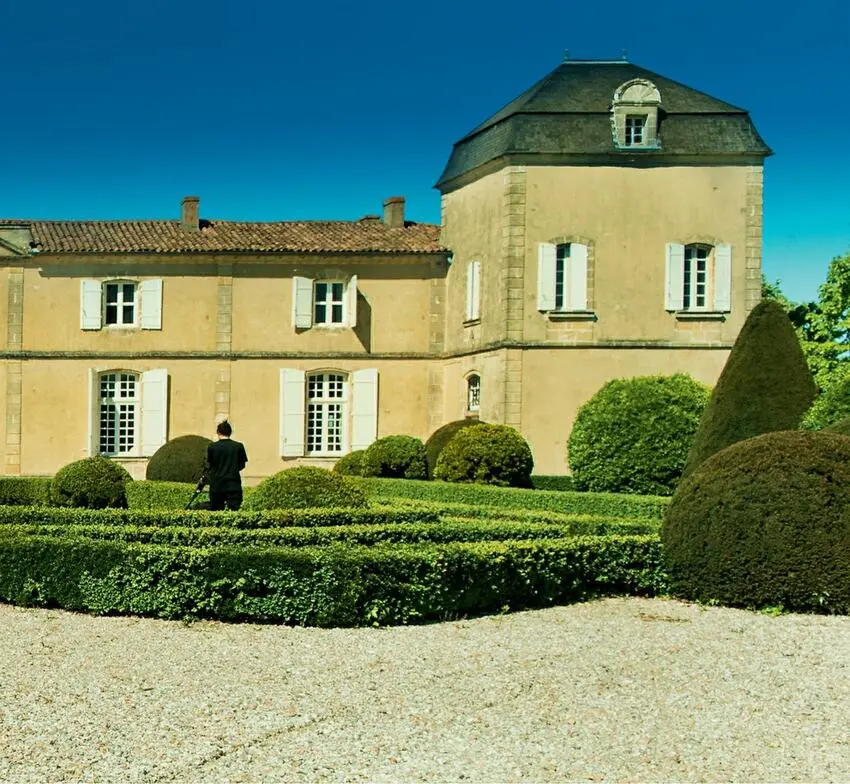
23
rows of vines into this mixture. The vines seemed to take to it well, but would
the results meet the expectations?
After many years of testing and selection, the resulting wine was red in colour
but sadly also rather tart and angular, and not at all sweet or easy to drink. It also
had a rather unique aroma – in the truest sense of the word. The Londoner, Sec-
retary to the Admiralty and Member of Parliament Samuel Pepys did not write
in his oft-cited diary in 1663 that he had drunk a wine that tasted better than
any other, but rather that he ‘drank a sort of French wine, called Ho Bryan, that
hath a good and most particular taste that I never met with', and which – reading
between the lines – left him surprised and very undecided, perhaps thinking
‘this tastes a little strange, but if others like it then I will probably enjoy it as
well'. However, the fields and farmland which the de Pontacs gained as a dowry
were very unforgiving, so the family developed new cultivation techniques and
selected and planted suitable vines, all with the bailiffs at the door. They simply
made a virtue out of necessity and turned a disadvantage into an advantage.
Opaque colour and tannic flavour? Something for men of the world to savour
and keeps much better than the pink sauces of their competition, particularly
once wine was sold in glass bottles, the production of which gradually improved
from the 16th century onwards (King Charles II of England's cellar book from
1660 records the purchase of 169 bottles of Hobrion at the price of 21 shillings
Château Calon Ségur

24
HistoryNew luxury
4 pence per full bottle), stopped with a cork (the use of which also gradually
came into fashion), left to mature for a while and served in delicate Venetian
crystal glasses rather than the drinking horns, pewter mugs or leather cups of
the common people. If left to mature for a while, this new wine gradually de-
veloped astounding smoothness, a well-balanced taste and a stunning bouquet
the like of which no one had ever experienced before. And to ensure that the
wine would not be confused with others and would become its own brand, it
was named after its producer and place of origin and ultimately transformed
into a luxury product with the clever suggestion that it might be of noble origin
and have bathed in the twilight of a cellar in a chateau owned by some ancient
aristocracy. But more on that later.
After the end of the English Civil War (1642–1650) London became the intel-
lectual and cultural capital of Europe, knocking Paris off the podium. Not even
the plague to which a fifth of the city's population fell victim in 1665 or the Great
Fire of September 1666 (which actually claimed very few lives but caused mas-
sive destruction) could not compromise this development: London had made it
to the top and was there to stay. Shortly after the Great Fire, the Pontacs opened
a tavern in the capital called the Pontac's Head which quickly became the best
eatery in the city. It served up French specialities and its own wine, and soon
anyone who was anyone was seen there. Although Jonathan Swift complained
that the wine was much too expensive at seven shillings a flagon, other intel-
lectuals such as the philosopher John Locke became veritable ambassadors for
the brand. Locke paid a visit to Haut-Brion in 1677, carefully examined its terroir,
studied cultivation techniques and set about solving the mystery as to why the
Pontacs' wine tasted so delicious that ‘the rich English would order it for any
price'. He also noted: ‘The wine of Pontac, so revered in England, is made on a
little rise of ground, lieing open most to the west. It is noe thing but pure white
sand, mixed with a little gravel. One would imagin it scarce fit to beare anything.'
And suddenly everyone wanted some, and the de Pontacs were able to sell Ho
Brian at ten or twenty times the price of standard claret, pay off their creditors
and a
ff
ord younger courtesans.
However, the competition never sleeps. What was just right for the de Pontacs
was sacred to the de Ségurs, de Rauzans or de Lestonnacs, and the Bordeaux
bourgeois (who were all also ship-owners and merchants, and often lawyers or
notaries and bankers and always city parliamentarians) thus triggered what you
might call a veritable cultivation war in Bordeaux. And when the gravel mounds
to the southwest, west and northwest of the city (what is now Pessac-Léognan)
were requisitioned and seemed particularly suitable for producing this new
style of French wine which the Brits called ‘new French claret', Bordeaux's
moneyed aristocracy simply purchased the endless hunting grounds of the Mé-
doc, now dried out by the Dutch. These were characterised by the numerous

Château Lafaurie-Peyraguey
Sauternes
1945
Château Lafaurie-Peyraguey, Sauternes, 1945
Tasting note by René Gabriel:
Medium dark bright gold, freshly picked apricots,
caramel, orange peel, Butterscotch.
Exhibition: 10 to 24 May 2017, studio visits on request.
Pierre Aerni, Burgstrasse 4, CH-8604 Volketswil, e-mail: aerni@sauternes-art.ch
www.sauternes-art.ch
sauternes-art.ch
Tasting Notes Metamorphoses
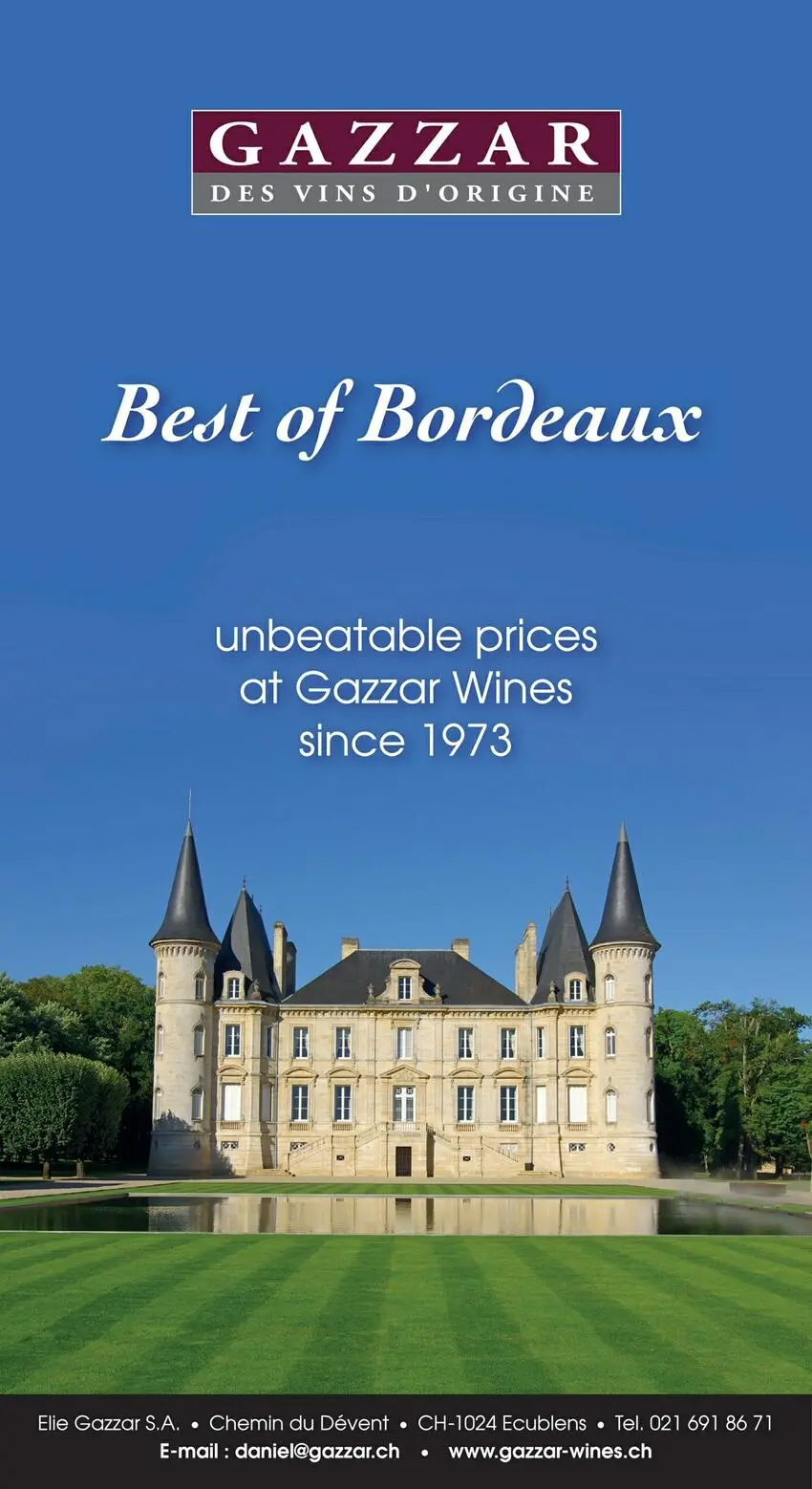

27
Early years History
flat gravel knolls transported from the Pyrenees by the Garonne in prehistoric
times, which are very good at regulating the water balance thanks to their gentle
undulations and the excellent filtration capacities of their soils (preventing the
vine roots from rotting in overly damp ground, or conversely from drying out
excessively in the Atlantic weather with the exception of a few days or weeks
between mid-July and mid-August that cause the delay in ripening which is one
of the secrets behind great Bordeaux). The fact that producers also flirted with
rather dishonest methods to acquire these suddenly extremely precious soils
Читать дальше






